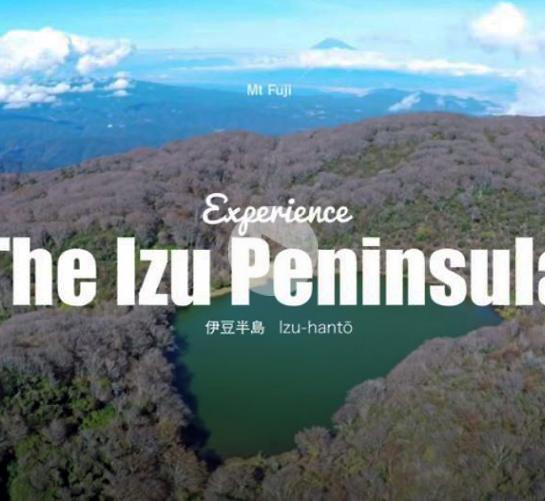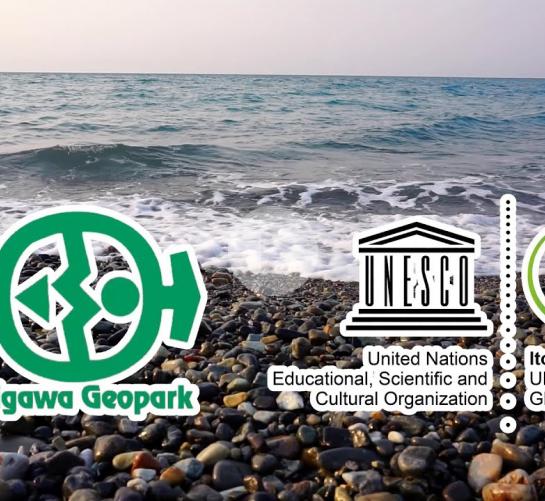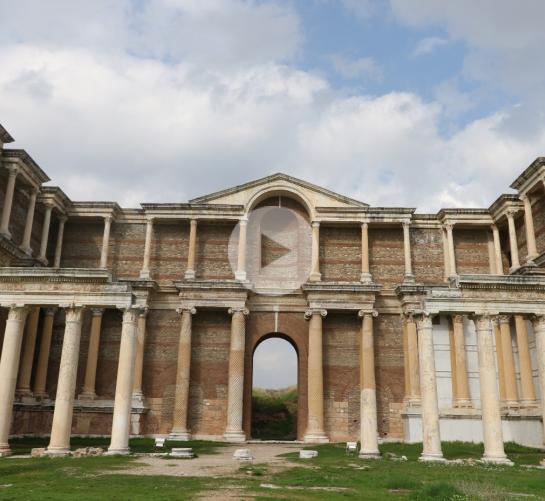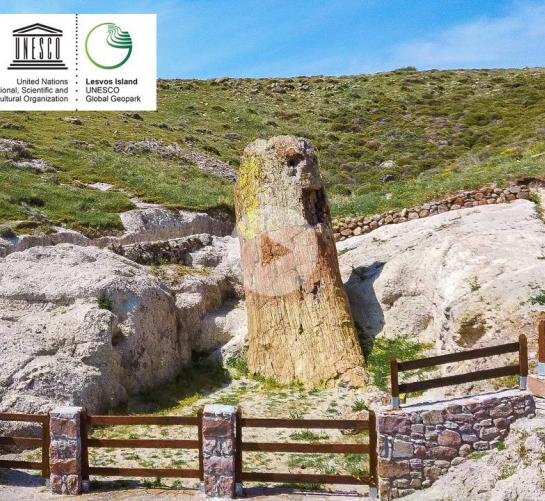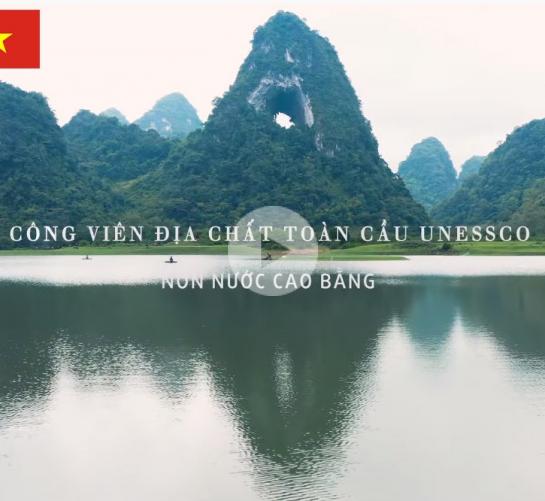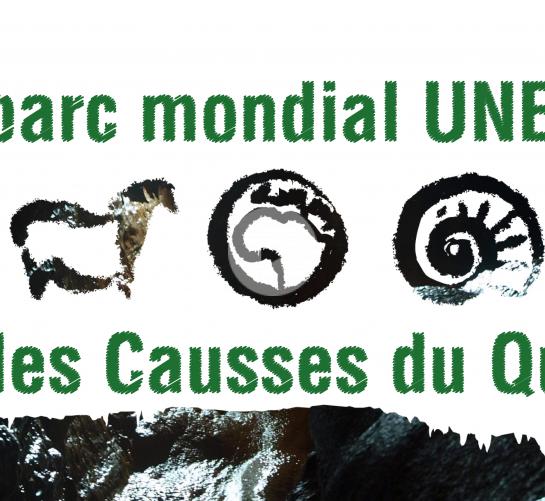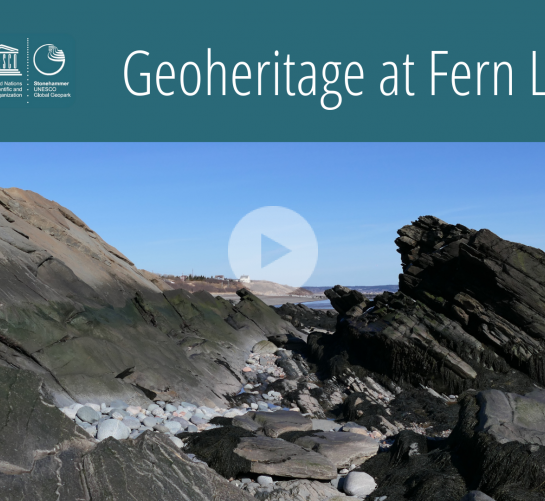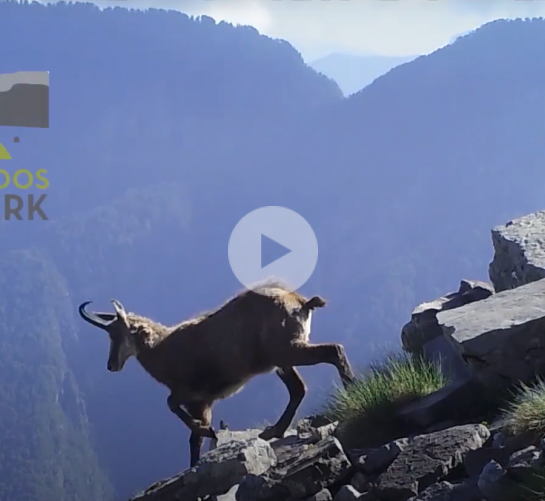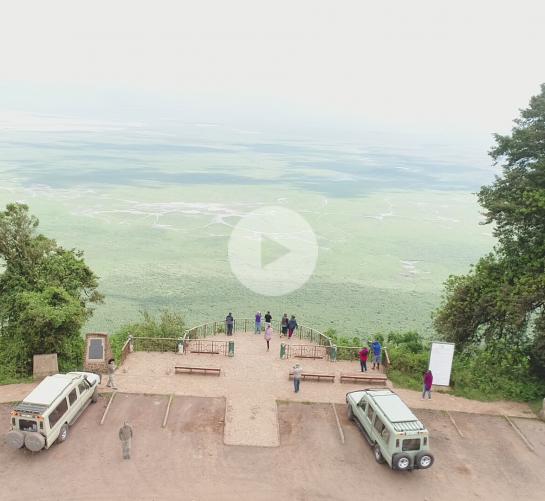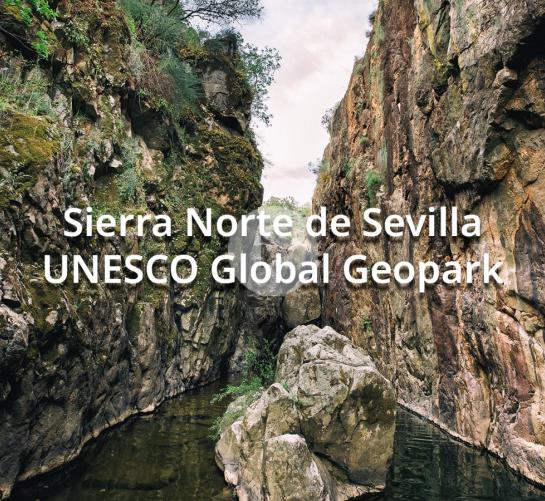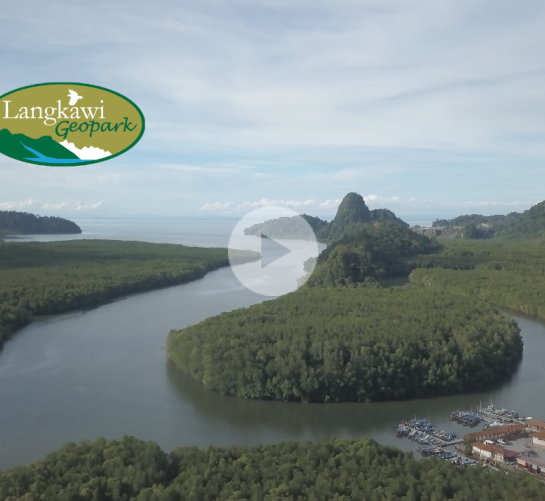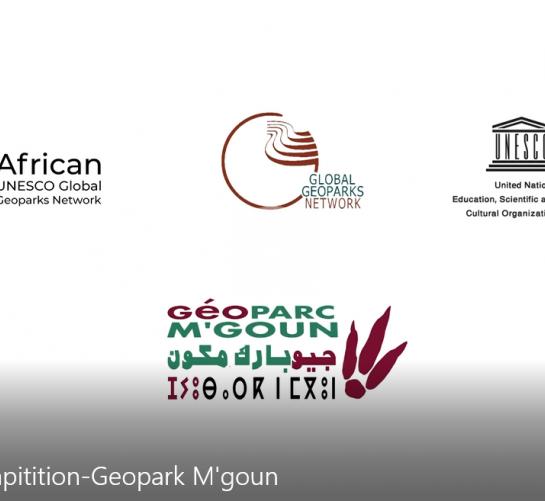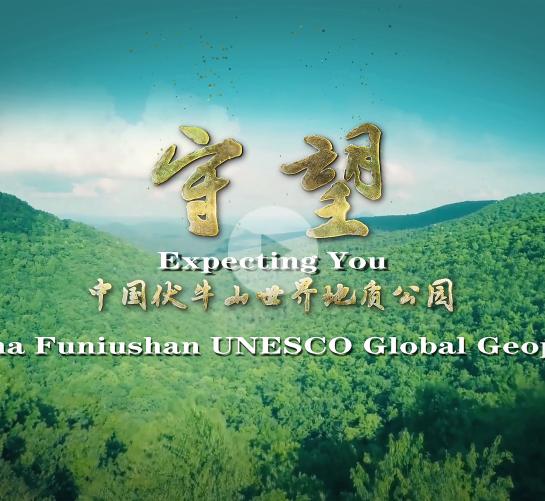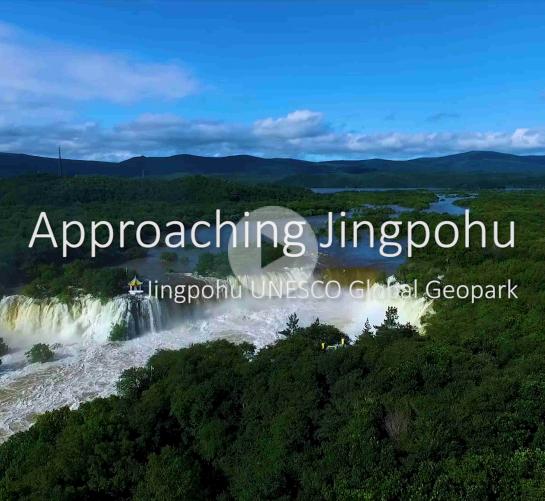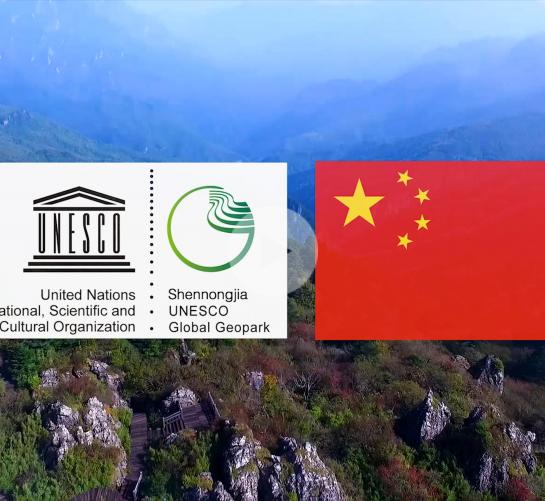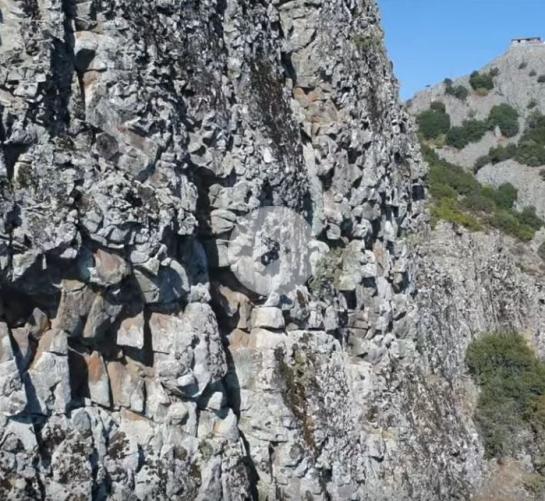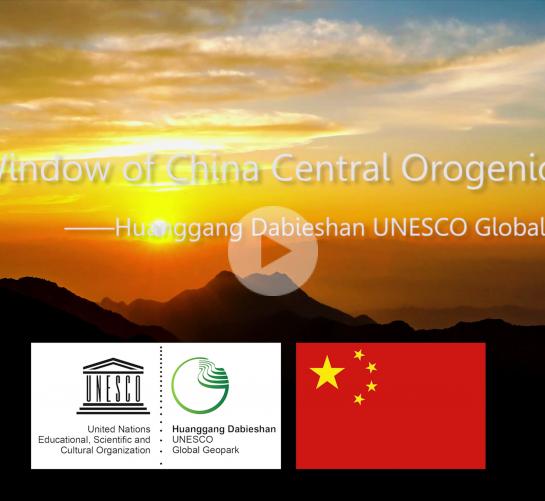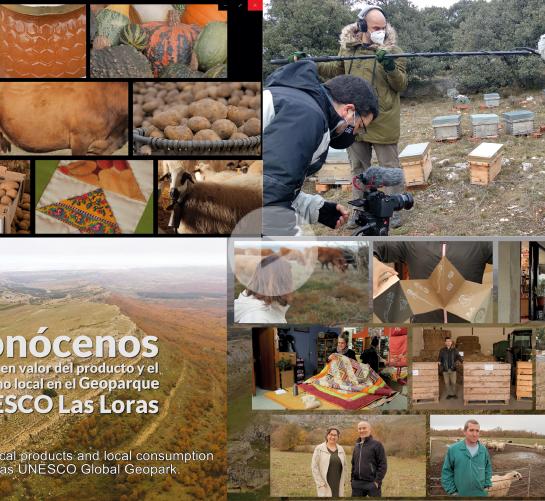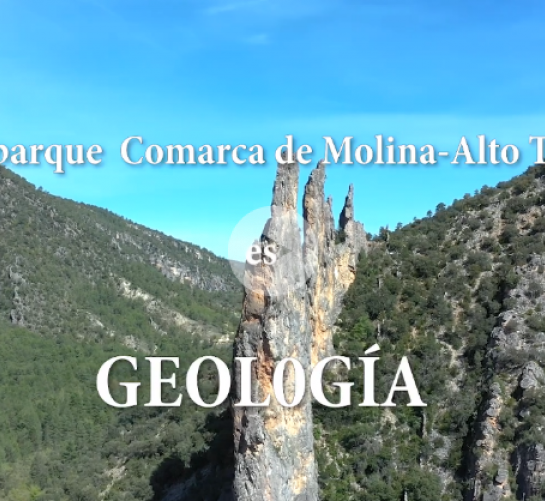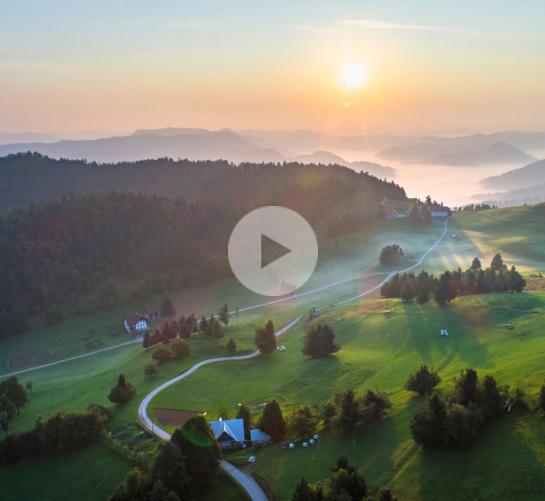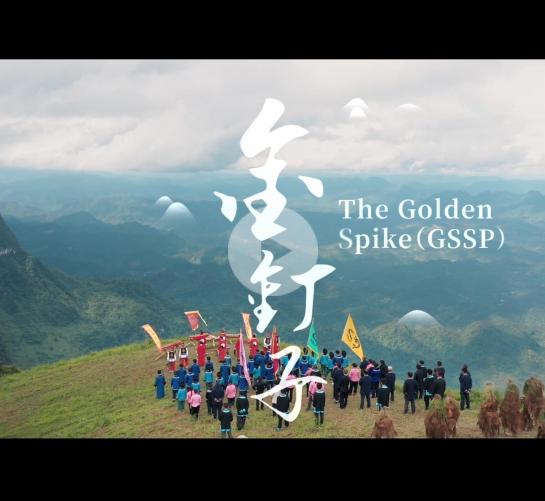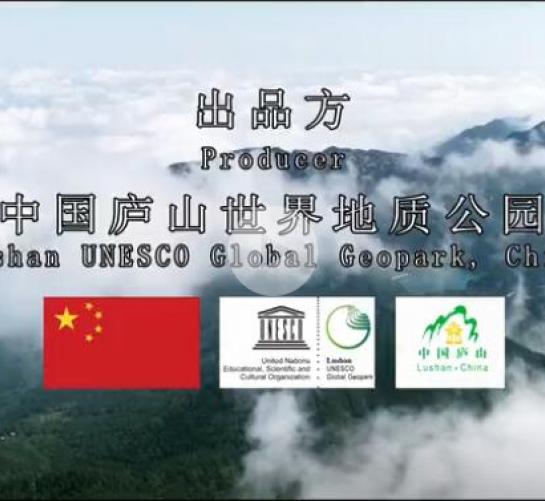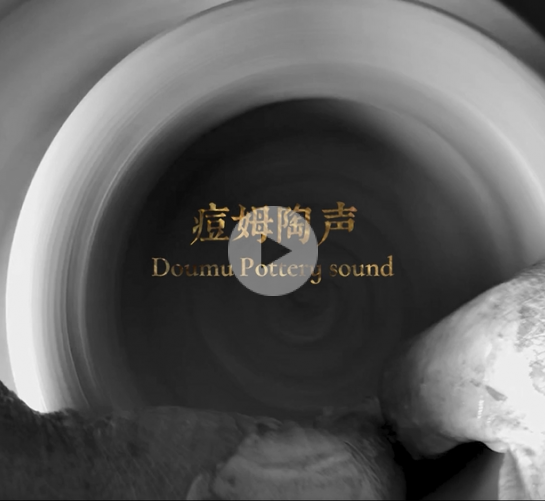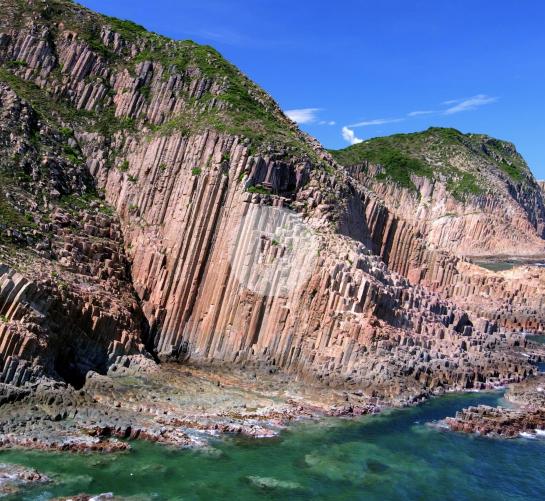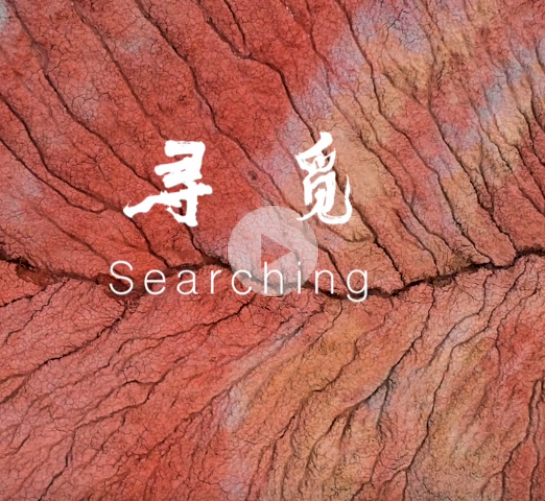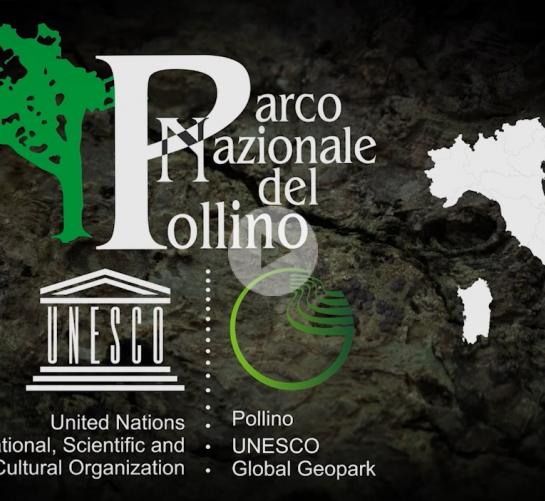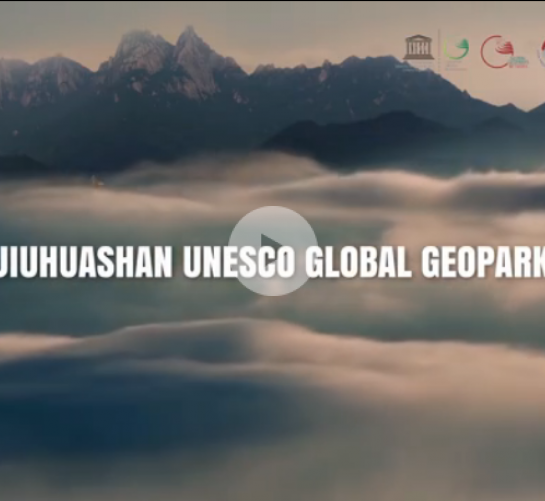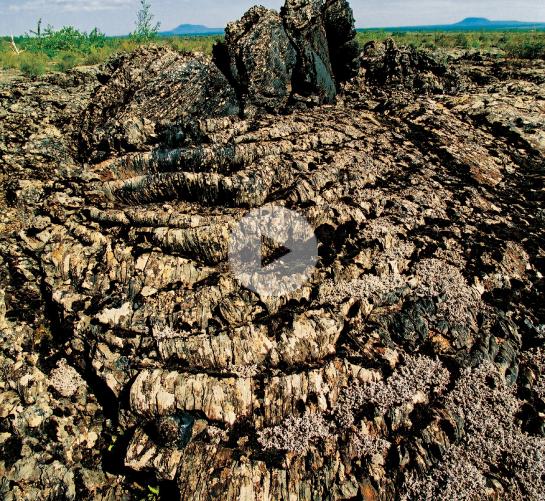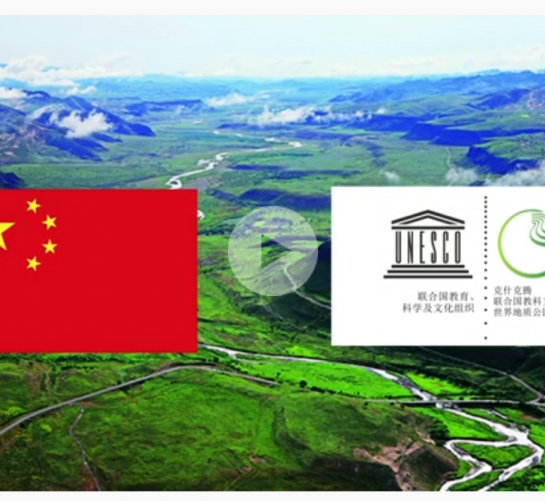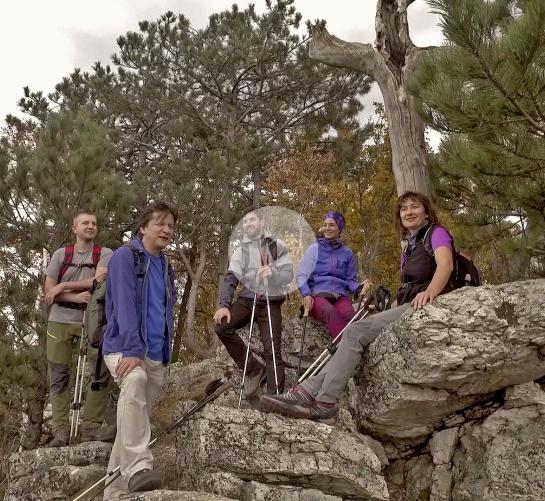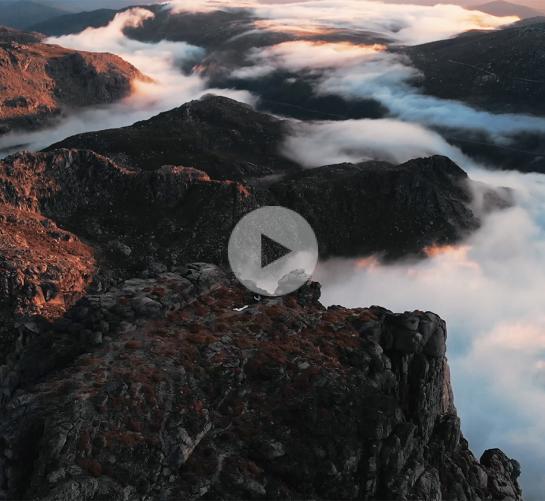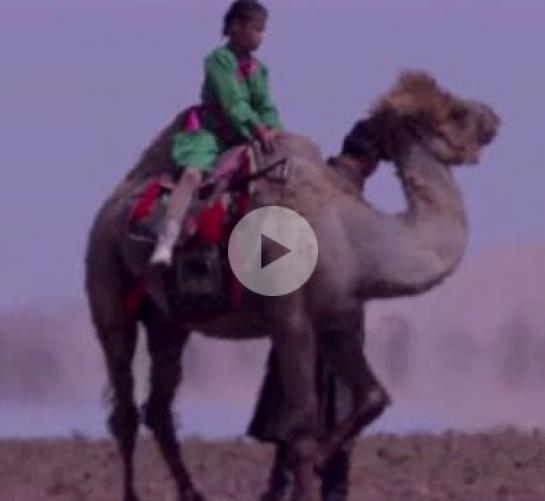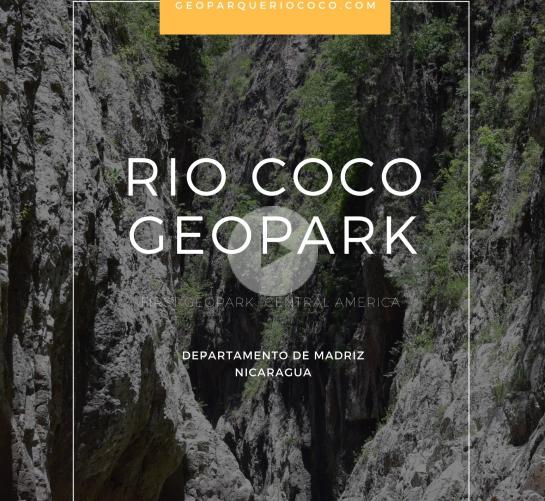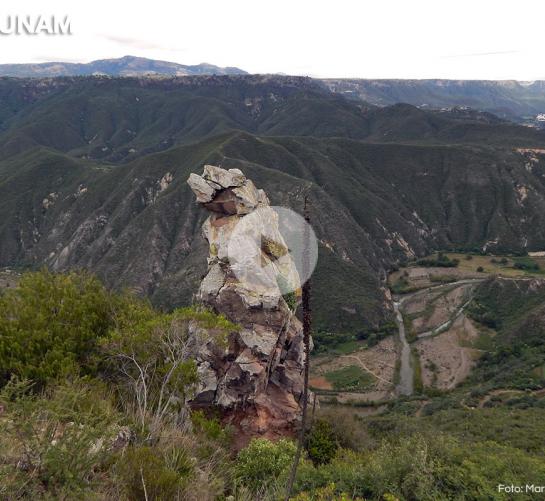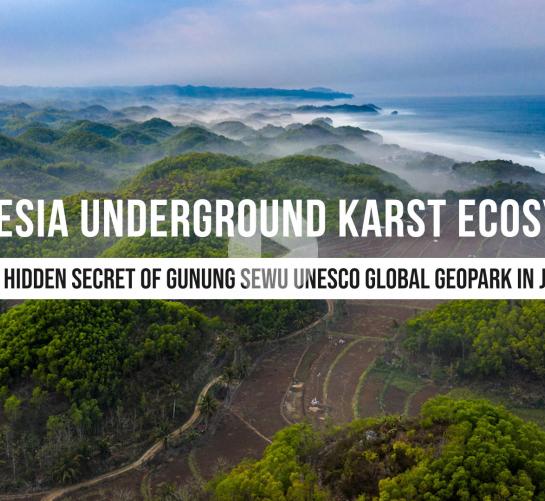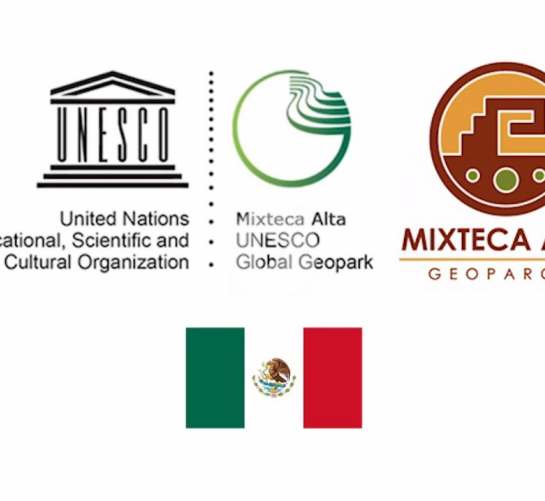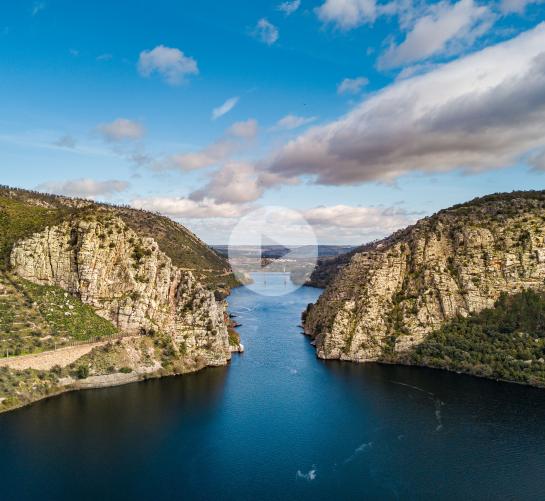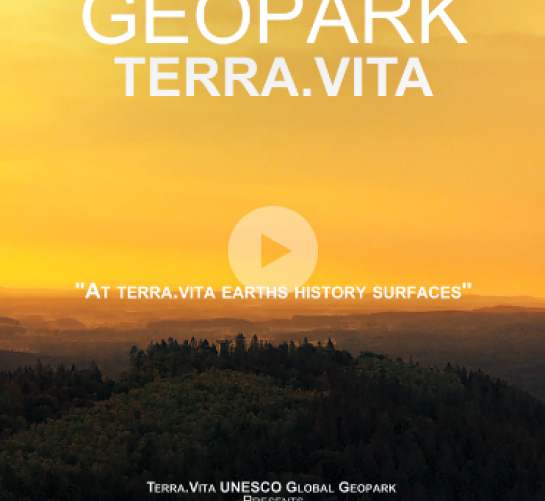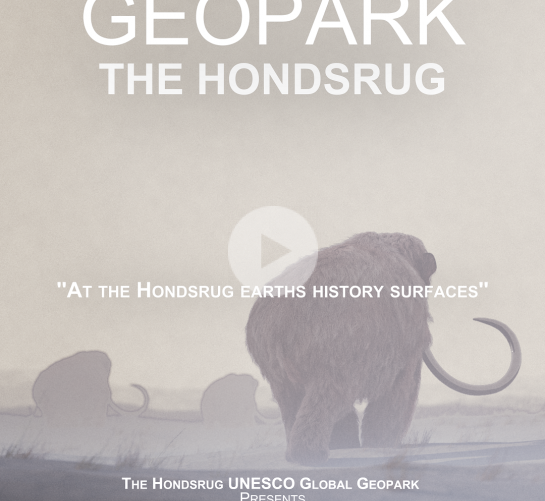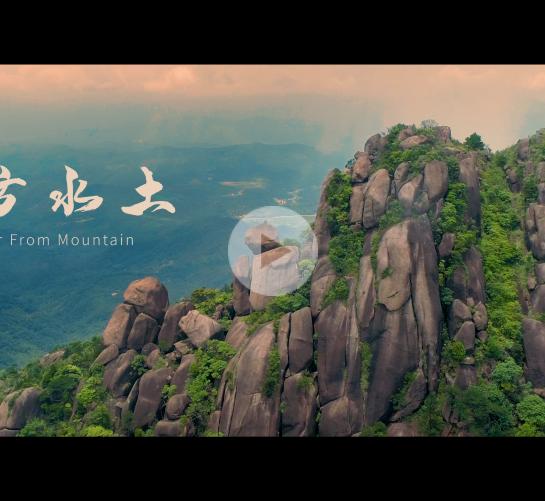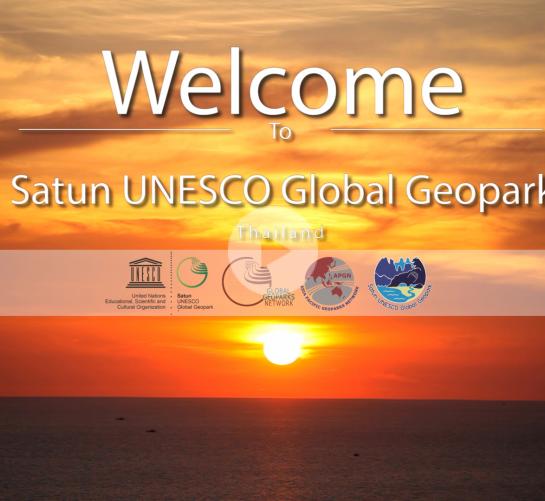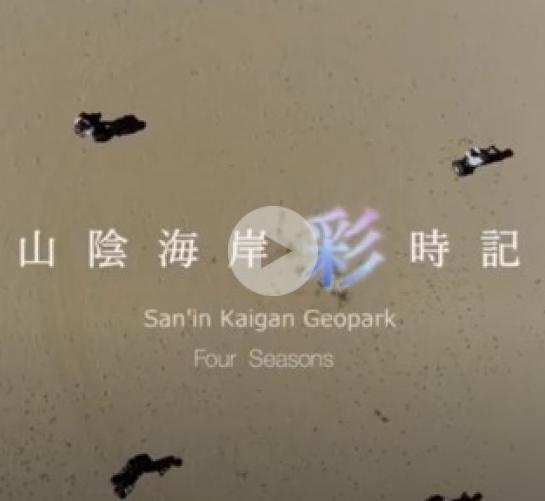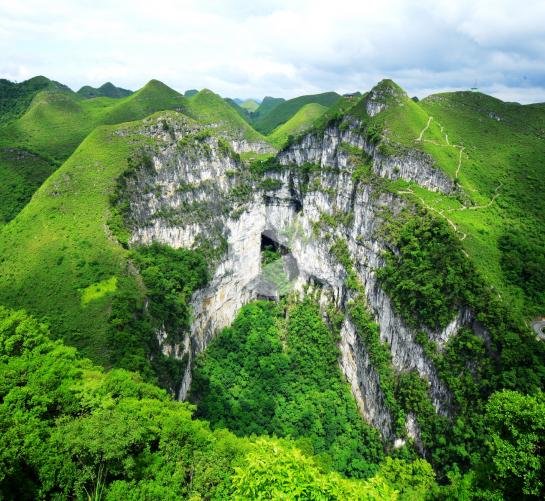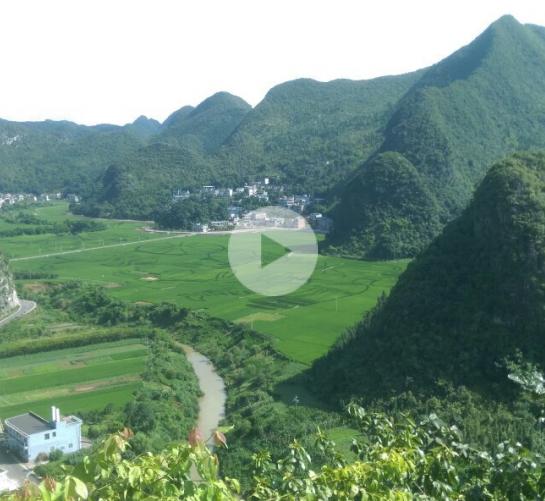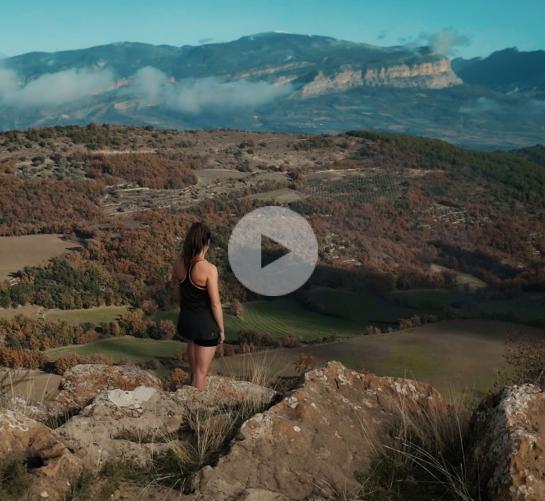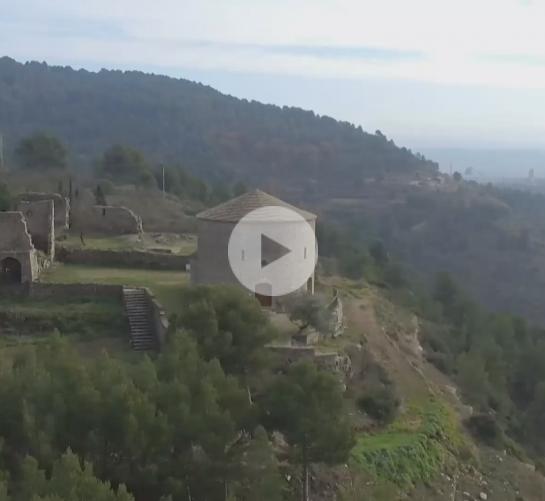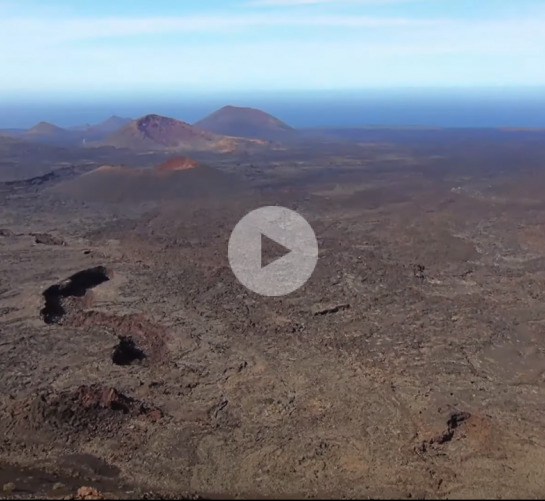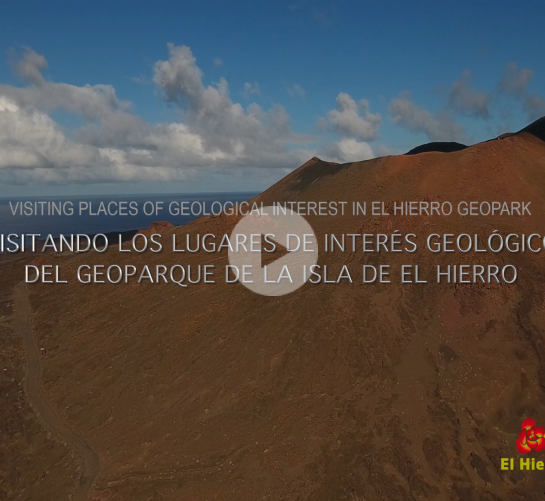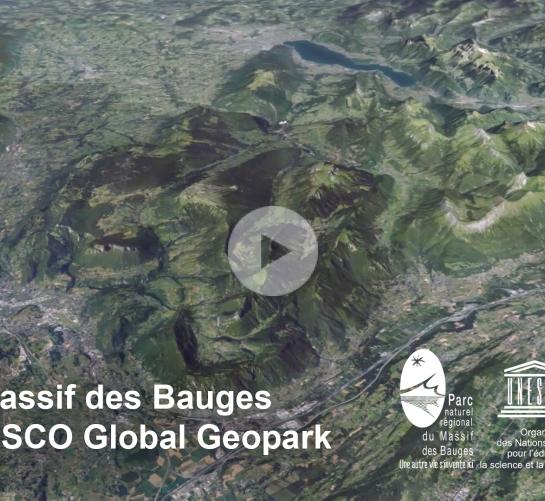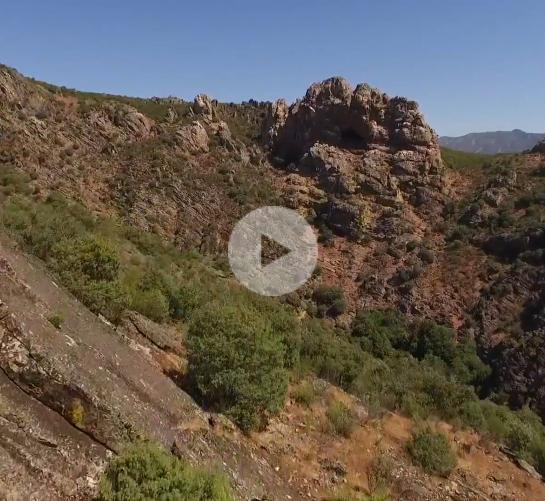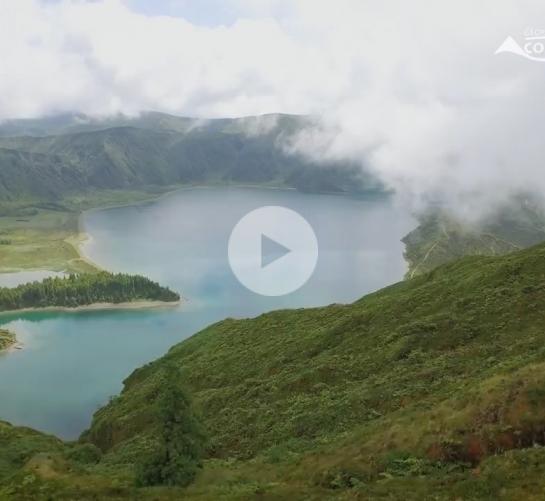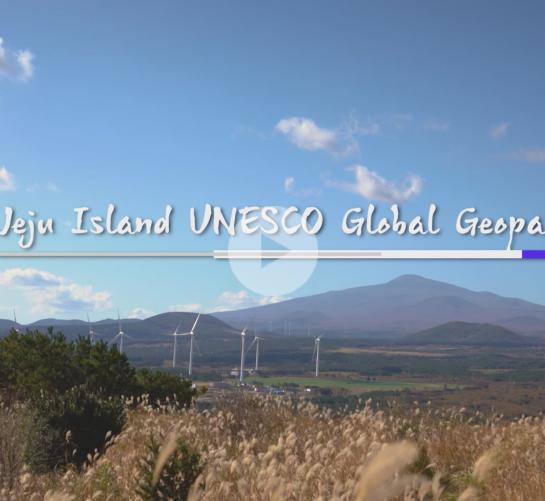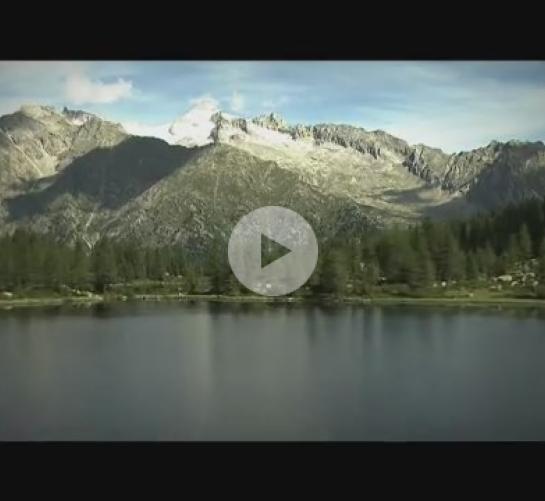El Geoparque Mundial de la UNESCO de Imbabura es un territorio delimitado ubicado en la provincia de Imbabura en Ecuador, el cual posee patrimonio geológico y natural, como lagos, volcanes, páramos, valles y cascadas, en unión con el patrimonio cultural de sus pueblos indígenas, reconocido por la ONU.
Videos in competition 2021
The Izu has initiated 20 Ma before at the southern sea floor. The Izu block drifted by the movement of the Philippine Sea plate, and collided with the mainland 1 Ma before. After the collision, volcanoes continue to erupt and active crustal deformations develop the topography of the Peninsula. The Izu is the land in motion.
Itoigawa UNESCO Global Geopark sits atop a massive fault line which splits Japan between the Eurasian and North American continental plates. Rich in geological and biological diversity, Itoigawa Geopark tells the story of the formation of the Japanese Archipelago and the world's oldest jade-using culture.
The Sitia UNESCO Global Geopark is located in eastern Crete. It includes the wider region of Sitia and the coastal areas from North to South. The boundaries of the Park have been formulated clearly and include an area of 517 Km2.
Double Caldera with mystical volcano and mythical lake. a sacred place called "Kintamani" - the wish-fulfilling jewels, the Home of ancient Balinese
The Kula-Salihli geopark is the first and only UNESCO registered geopark in Turkey and the Turkish spoken countries in Asia. It is located in the eastern part of the Aegean Sea, and covers across the administrative borders of the Kula and Salihli districts of Manisa Province in Turkey. The total area of the Geopark is 2320 km².
Lesvos Island is the third largest Greek island. Lesvos’ Petrified Forest, its unique wealth of geological monuments, landscapes of natural beauty, areas of ecological value and its rich archaeological and cultural heritage have contributed to the island’s recognition as UNESCO Global Geopark.
Bohemian Paradise has a unique concentration of geological formations and localities with significant paleontological, archaeological and mineralogical phenomena illustrating more than half a billion years of the Earth's evolution. This region is also rich in other natural and cultural heritage sights and traditions.
Non Nuoc Cao Bang UGGp is an exceptional territory where it is possible to read the history of our Planet Earth for over 500 million years through protected sites, the territory of tranquillity where indigenous people live in harmony with peaceful nature.
The Causses du Quercy tell you about 200 million years of the Earth's history. Man has been around this area for 200,000 years : cave art, dolmens, dry stone walls... all bear witness to his passage. It's rich in diversity: palaeontology in the old phosphate workings, megaliths, caves and potholes, remarkable constructions...
Stonehammer Geopark is located along the Bay of Fundy coast in southern New Brunswick, Canada. The rocks found here contain fossils representing an almost continuous geologic history dating back 1 billion years. This video explores the connections between the geology and the significant cultural history of the region.
The geological history of the Geopark begins 200 million years ago. Sedimentary (limestone, dolomite, flysch) and igneous (magmatic) rocks comprise its geological structure. The landscape is dominated by the gorges of Vikos and Aoos and the high mts of Timfi and Smolikas including 62 villages with an interesting architecture.
Ngorongoro Lengai UNESCO Global Geopark is located in Northern Tanzania (East Africa). It is the first global geopark in southern sahara and the second in Africa. It represents an extra-ordinary volcano, extra-ordinary paleoanthropological sites and extra-ordinary wildlife.
Gea Norvegica, situated in Southeast Norway has a rich geological and cultural heritage. During the long story, from 1500 million years ago until today, geological processes have formed landscapes, brought resources used for buildings, agriculture, tools and art. Gea Norvegica, home of the Vikings and playwrighte Henrik Ibsen.
Sierra Norte de Sevilla UNESCO Global Geopark has a rich geological, mining, archaeological and monumental heritage, with rocks of very old ages, showing 700 millions of years of Earth’s history, with very impressive landscapes. This is a geotourism promotion video, produced on the occasion of our 10th European Geoparks Week.
Langkawi UNESCO Global Geopark is recognized worldwide for its geological as well as biological, ecological and anthropological significance. This rich geological diversity has resulted in a profusion of habitats with concomitant bio-diversity.A UNESCO Global Geopark since 2007,this is South East Asia's first ever Global Geopark.
The UNESCO Geopark of M'Goun is the first geopark of Morocco, Africa and the Arab world, The M'Goun Geopark is a protected territory which includes not only a certain number of geosites with exceptional interest, but also many places of ecological, archaeological, historical and cultural values.
Funiushan UNESCO Global Geopark, located in the hinterland of Funiushan Moutain Range, Henan province, covers an area of 5858.52km2. It is a geopark with cretaceous dinosaur-egg fossil group, typical geoheritages, granite landforms, karst caves, fluvial erosion landforms, intangible cultural heritages, long history (subtitles)
The Jingpohu UNESCO Global Geopark is located at the Ningan City, the southeast of the Heilongjiang Province, China. The geopark covers an area of 1400 square kilometers,and it is famous both at home and abroad by its beautiful landscapes and unique volcanic landforms. (en subtitles)
Located in the northwest part of Hubei Province, China, Shennongjia UGGp integrates tectonic geomorphology and mountain ecosystems. Over 200 mountainous landform, structural landform, fluvial landform, karst landform and glacial landform sites make the UNESCO Global Geopark a natural geo-museum. (en subtitles)
The Troodos Geopark is located in the heart of the island of Cyprus. It combines geological, mining, natural, cultural and historical elements in a varied mountainous area with picturesque villages, Venetian bridges, Monasteries and Byzantine churches, ten of which are included in the UNESCO list of World Heritage Sites.
Huanggang Dabieshan UNESCO Global Geopark, with a total area of 2625.54 square kilometers. Huanggang Dabieshan UGGp retains multiple phases of deformation ever since Archean and various geoheritages resulted of magmation. Huanggang Dabieshan UGGp boasts rich geosites, unique natural and culture heritage.
Las Loras (Spain), surprises for its geological and cultural heritage and its human one. This campaign shows every Friday a history related with the local product. Choosing a local is to fight against the depopulation of our villages, help mitigate climate change, bet on our local economy and also obtain high-quality products
Molina-Alto Tajo UNESCO Global Geopark, located in the province of Guadalajara, Spain. Awesome and varied landscapes, rich flora and abundant fauna converge, all with a long history and great monumental and cultural heritage.
The Idrija Geopark covers the area of the Municipality of Idrija. Its rich natural and cultural heritage makes it one of the most fascinating regions of Slovenia. Its position accounts for an extremely diverse and varied terrain with deep ravines, vast plateaus and high peaks.
The film tells a story about the discovery and conservation of an crucial geosite in Xiangxi , namely the GLobal Standard Stratotype Section and Point(GSSP) ,demonstrating the relationship between indigenous people and geopark. (no subtitles)
Lushan UGGp was inscribed in Global Geopark Network in 2004. She is one of the spiritual centres of Chinese civilization and the birthplace of Chinese Quaternary Glaciation Theory. (no subs)
Tianzhushan UNESCO Global Geopark is located in Qianshan City, Anhui Province, P.R. China. It covers an area of 413.14 km2 with the main peak 1489.8m high in elevation. It is characterized by collapsed and stacked granite stones, ultrahigh pressure metamorphic belt and Paleocene vertebrate fossils.
Hong Kong UNESCO Global Geopark is located in a highly developed international metropolis. Despite the very limited land space, the city has admirably preserved vast areas of natural countryside. In proximity to city centre, the geopark showcases world-class geoheritage, diverse ecological environment and rich cultural heritage.
What Zhangye UGGp owns is much more than the tag CHINESE RAINBOW MOUNTAIN. The interrelation and interaction among the rare and graceful geoheritage, fragile and diverse ecological landscapes, and unique minority customs create a resources-rich Zhangye UGGp, which becomes a brilliant pearl on the new SILK ROAD.
The Pollino National Park/Pollino UNESCO Global Geopark since 2015, is located in southern Italy. It is an area where the geology becomes interwoven with history and nature: carbonate rocks, fault scarps, gorges, karst caves, remains of an ancient ocean, glacial forms, sinkholes, plateaus and boundless meadows
Jiuhuashan located in the south of Anhui Province, P.R.China. It is famous all over the world for clear magnificent and beautiful granite complex rock body, large-scale granite fault-block landform and unique fluid-rich granite miarolitic structure, together with north subtropical vegetation landscape and buddhist culture.
Wudalianchi UNESCO Global Geopark with a total area of 790.11 square kilometers, is located in the north central region of Heilongjiang Province. It was designated as a global geopark in 2004. Geopark is reputed as “a natural volcano museum” and “an open textbook on volcanoes” left by the volcanic activities in the Quaternary.
Lauhanvuori - Hämeenkangas UNESCO Global Geopark, situated in the western part of Finland, consists of pristine mire landscapes which are enriched by numerous glacial and bedrock formations. They tell the story of the ancient development of the region from a mountain landscape to one characterized by mires and forests.
In Hexigten UGG, there are rich in various geological landforms in east China, the magic granite mortar group, unique Inner Mongolian granite stone forest. The thousand-kilometer-extending Xar Moron River, vast and boundless Dali Nur Lake, broad and beautiful Gonggar Grassland and Wulanbutong Grassland.
Papuk UGGp is situated in the eastern part of Croatia, in the Slavonia region.
Spending a day or a weekend in the Papuk UGGp means getting out into nature and whatever your interests may be: adventure, walks, cycling, fun or just love for nature, we are sure that you will find something for yourself.
Estrela UNESCO Global Geopark is located in Portugal, Europe. It’s a territory made of people where History is written in its Geology and the wild beauty merges with the ancient landscape.
Alxa Desert UNESCO Global Geopark features the mega-dune, unique desert lake groups and wind erosion granite landforms, meandering eroded gorges and mysterious palaeo-human remains from distant ages. The extraordinary geodiversity and culture heritage provides a valuable base for geotourism and sustainable development. (subtitles)
Yanqing UNESCO Global Geopark of China is located in the northwestern part of Beijing, just at a transitional zone between North China plain and Inner Mongolian plateau. It is a comprehensive geopark by integrating the tectonic, sedimentary, paleontologic, magmatic geoheritage and North-China-type karst landform into a whole.
The Rio Coco geopark is the first geopark in central America. It is located in the north of Nicaragua (Madriz department)
The video presents the heritage of the territory: natural, geological and cultural. Emphasizing on the three indigenous peoples and the great value of intangible heritage.
Comarca Minera UGGp is located in central Mexico. The area is named after the mining activity that took place first, for obsidian in Precolumbian times, then for precious metals during the Spanish Colony. Comarca Minera is a territory full of treasures: from silver and gold to the legacy of miners, artists and scientists.
In Java’s cultural heartland, a hidden world of caverns, clear water and mysterious creatures has created an ecosystem like no other. Gunung Sewu, on the Indonesian island of Java, takes its name — which means “thousands of mountains” — from the sweeping landscape of conical hills.
The territorry is regarded as a Museum of erosion, where processes and landforms have developed in conection with an intensive use of land for agriculture processes starting 3.5 thousand years ago, in connection with the demographic evolution in one of the main cultural areas in Mesoamerica: the Mixteca Region.
Discover Naturtejo Geopark is the introduction of a series of promotional videos developed by the Venezuelan photographer Jesus Salazar Cabrera about the landscapes and main geomonuments of this geopark. This approach resulted from a one month visit of the photographer to the territory in a first-hand experience.
At Terra.vita Earth’s life story surfaces. Geology and tectonic movement lifted it up and mankind exposed it. The quarries and excavations turned out to be windows into the past. A visit to the Geopark Terra.vita is like a time travel through Earth’s history and men’s myths. Mankind has always had the urge to explore.
Mankind has always been looking for explanations. These stories help bring history come to life. Here you can find many things that needed explanations. You can see where the ice ages left their marks. Where mammoths roomed the land. Where battles took place. Where Megalithic
tombes were build.
Longyan Geopark is located in the southeastern part of China, the main source of the Minjiang, Jiulongjiang and Tingjiang Rivers.
Satun UNESCO Global Geopark is located exclusively in the Satun province of southern Thailand. The Geopark covers four districts (i.e. Thungwa, La-ngu, Manang, and part of Mueang Satun) including two national parks and one wildlife sanctuary.
The San'in Kaigan UNESCO Global Geopark is located in the west of Japan and stretches from the eastern Kyogamisaki Cape, Kyoto to the western Hakuto Kaigan Coast, Tottori.
Leye Fengshan UNESCO Global Geopark is located in Guangxi Zhuang Autonomous Region, Southwestern China, including two administrative divisions: Leye County, belonging to Baise city, and Fengshan County, belonging to Hechi city.
Xingyi Geopark is located in Xingyi Municipality, Qixinan Buyi & Miao Autonomous Prefecture, Guizhou Province, China, and to the north of Nanpanjiang catchment area of Pearl River water system.
ORIGENS UNESCO Global Geopark is located in the northeast of Spain, in the province of Lleida in Catalonia, 200km from Barcelona.
The Central Catalonia UNESCO Global Geopark, located in the heart of Catalonia, contains numerous geological and mining heritage sites, as well a strong human presence, which has given this territory a strong personality, with a great culture and traditions.
The geopark covers an area of over 2,500 km2, comprising 866 km2 of land on the whole island of Lanzarote and the small islands of La Graciosa, Montaña Clara, Roque del Este, Roque del Oeste and Alegranza, located in the north, and known as “Chinijo Islands”.
The volcanic island of El Hierro, the westernmost and smallest island in the Canary Archipelago, was declared Biosphere Reserve by UNESCO in 2000
The Bauges Massif is located in the northern western Alps of France. It appears as a rocky fortress with its highest summits in contrast of the outer crown of lower valleys, and as a preserved natural island.
The Villuercas Ibores Jara UNESCO Global Geopark is located in the south-east of the province of Cáceres (in Extremadura, Spain).
Psiloritis UNESCO Global Geopark is located in the island of Crete, Greece, extending over an area of about 1200 km2. It covers the central part of the island including the entire area of Mountain Idi (Psiloritis) which is the highest in Crete.
The Azores Geopark is a network of 121 geographically-dispersed sites of geographic heritage and marine areas that covers the nine volcanic islands of the archipelago of the Azores.
The Tumbler Ridge UNESCO Global Geopark is located in North-East British Columbia, Canada. This video features some of our best footage from the past four years filming this incredible area.
Jeju Island UNESCO Global Geopark, a beautiful volcanic island, is the southernmost island of the Korean Peninsula.
The Adamello Brenta Natural Park is a wide protected area on the west side of the Trento Province in north-eastern Italy.

